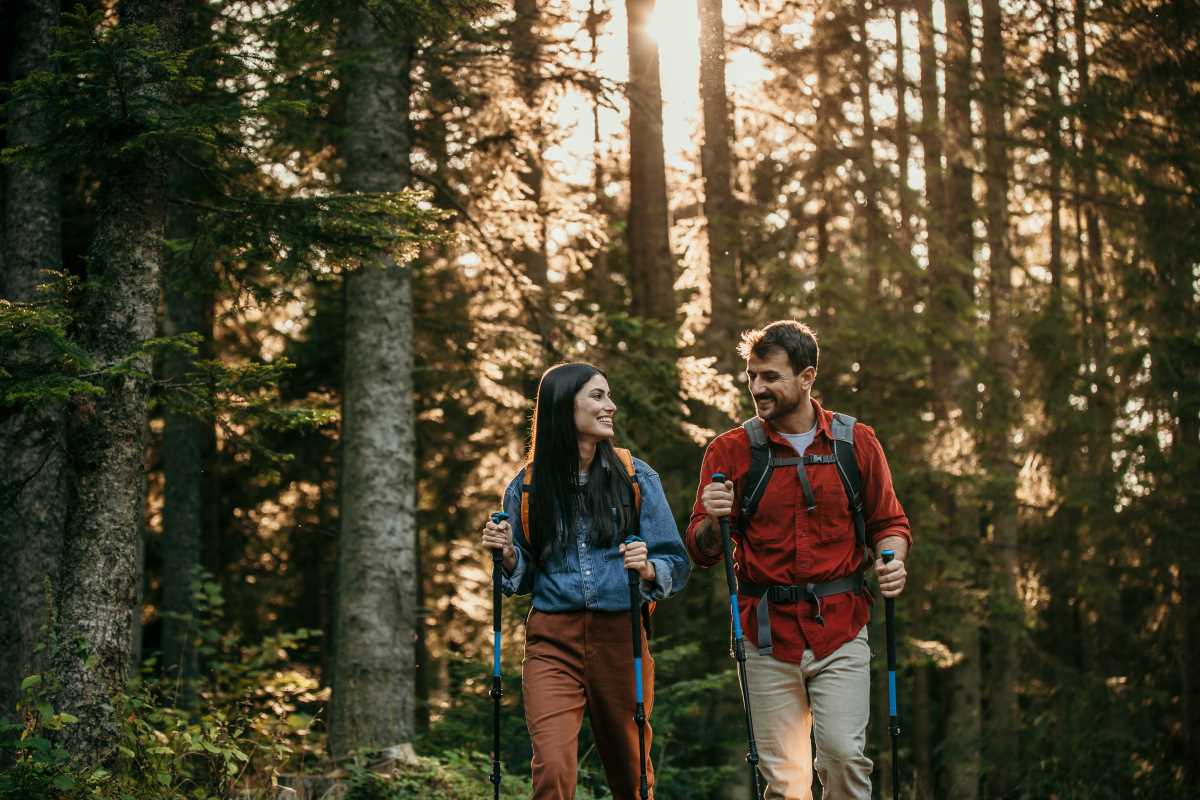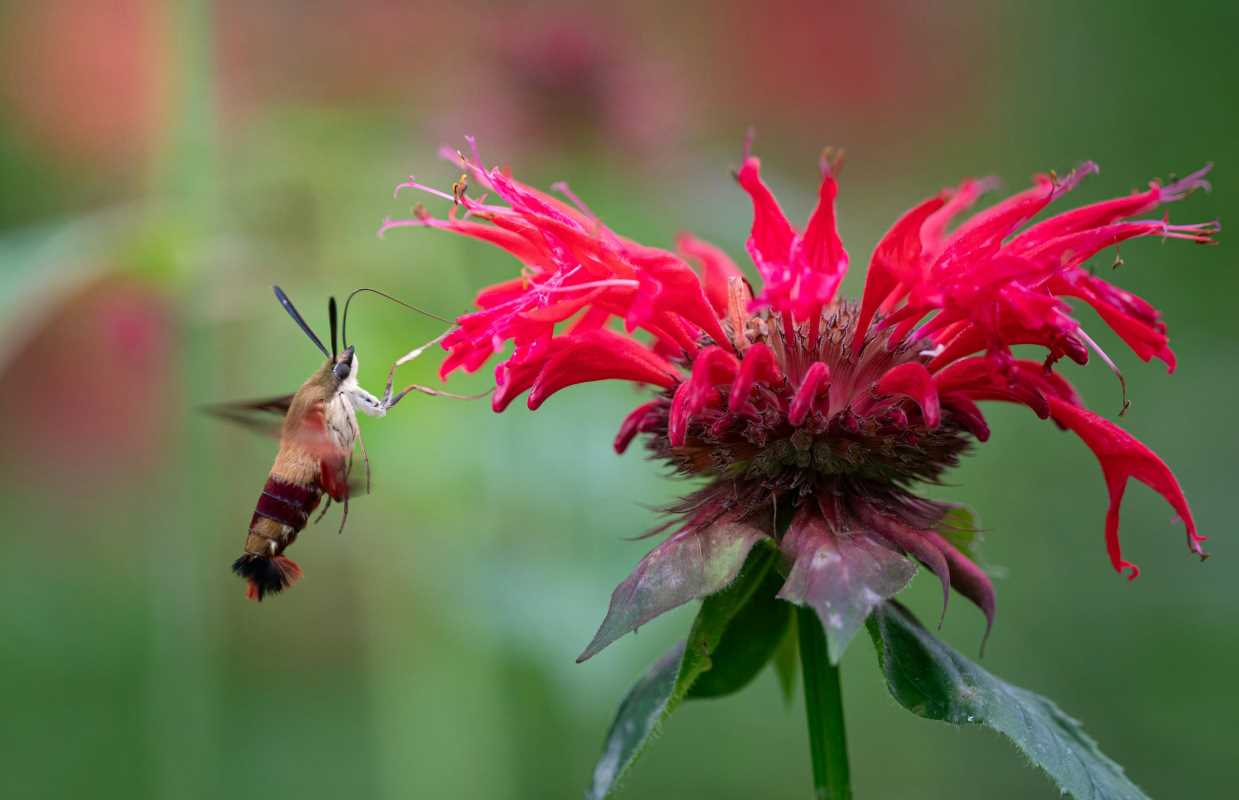Have you ever felt drawn to the rustle of leaves, the smell of fresh pine, or the sound of ocean waves crashing on the shore? Chances are, you have. There’s something deeply restorative about connecting with the natural world, and that’s the heart of rewilding as a wellness practice. Rewilding isn’t just about protecting wilderness areas or reintroducing wildlife populations; it’s also about reawakening a part of ourselves that thrives in connection with nature.
Rewilding offers a counterbalance to the constant buzz of screens and packed schedules. It invites us to slow down, reconnect with the Earth, and nurture our mental and physical health. Best of all, it’s accessible to anyone, no matter where you live. Whether you’re in a bustling city or a rural town, rewilding can be a powerful tool to restore balance and vitality to your life.
What Is Rewilding?
At its core, rewilding means returning to a more natural state. Ecologically, it involves restoring habitats and ecosystems to allow wildlife to thrive. But on a personal level, rewilding is about recalibrating our relationship with the natural world. It encourages us to step away from modern distractions and rediscover simple, grounding experiences like walking barefoot on grass, watching the stars, or feeling the sun on our skin.
While we’re not meant to abandon modern life entirely, rewilding reminds us that our well-being is deeply tied to nature. It’s about integrating nature into our daily lives and creating rituals that help us feel nurtured, alive, and whole.
The Benefits of Rewilding for Wellness
Rewilding is more than a feel-good trend. Its benefits are backed by science, revealing how spending time outdoors can positively impact both mental and physical health.
Mental Health
Spending time in nature works wonders for the mind. Studies show that being outdoors can reduce stress levels, lower rates of anxiety and depression, and even improve cognitive function. Nature also encourages mindfulness, helping us live in the moment. Whether it’s the quiet of a forest or the rhythm of waves on a beach, these sensory experiences have a grounding effect that’s hard to replicate indoors.
For example, forest bathing, a Japanese practice called shinrin-yoku, involves simply immersing yourself in the sights and sounds of a natural setting. Research shows that it can lower cortisol levels (a stress hormone) and improve mood. This practice aligns perfectly with rewilding and shows the power of returning to natural spaces.
Physical Health
Nature doesn’t only soothe the soul; it also energizes the body. Activities like hiking or walking in green spaces are fantastic for physical health, improving heart health, boosting energy levels, and aiding better sleep. Sunlight exposure helps balance our circadian rhythms and provides essential vitamin D, which supports overall vitality.
Even beyond exercise, interacting with nature itself provides benefits. Breathing in fresh air or coming into contact with natural elements like soil exposes us to beneficial microbes that can strengthen our immune systems. It’s amazing how simple acts, like gardening or exploring a trail, can have profound impacts on our well-being.
Feeling of Connection
Modern living often leaves us feeling disconnected—not just from others but also from the bigger picture of life. Rewilding helps restore that sense of connection. Whether you’re marveling at the vastness of a night sky or tending to a small herb garden, these moments remind us of our place within something larger. This can foster feelings of gratitude, mindfulness, and calm.
How to Incorporate Rewilding Into Daily Life
Rewilding doesn’t require you to live in the woods or buy fancy outdoor gear. It’s about weaving natural experiences into your routine and practicing mindfulness in your interactions with the world around you. Here are some simple yet meaningful ways to get started:
1. Spend Time Outdoors Regularly
Even small doses of nature can make a big difference. Take daily walks through a local park, eat lunch outside, or drink your morning coffee on your porch. If you feel adventurous, visit nearby trails, woodlands, or beaches for a deeper wilderness escape.
2. Practice Grounding (or Earthing)
Grounding is a simple practice that involves connecting your body directly to the Earth. Kick off your shoes and walk on grass, sand, or dirt. This tactile connection has been shown to reduce stress, improve sleep, and enhance feelings of well-being.
3. Explore Foraging and Wild Foods
Foraging is a beautiful way to connect with nature’s abundance. You can start small by identifying edible wild plants, herbs, or fruits in your area. This practice not only enhances your appreciation for the natural world but also empowers you to learn more about your local ecosystem.
4. Meditate or Practice Yoga in Nature
Take your mindfulness or yoga practice outdoors. Being surrounded by nature can deepen your sense of peace and bring a new layer of intention to your routine. Focus on the sounds around you, the feel of the breeze, and the warmth of the sun as you stretch or meditate.
5. Create a Nature Ritual
Develop small rituals that bring you closer to nature. This might involve journaling outside, stargazing before bed, or lighting a candle to honor the sunset. Rituals like these help you slow down and become more intentional about your connection with the Earth.
6. Bring Nature Indoors
If you don’t have easy access to green spaces, you can still bring bits of nature into your home. Grow indoor plants, decorate with natural materials like wood and stone, or create a small windowsill herb garden. These small touches can help you feel connected to the outdoors, even when you’re inside.
Cultivating a Rewilding Mindset
The beauty of rewilding lies not just in what you do but in how you approach the world. It’s about patience, curiosity, and gratitude. Spend time observing the details around you. Notice seasonal changes, the songs of birds, or the feel of moss under your fingertips. These small acts of awareness can help you feel more grounded and present.
Remember, rewilding isn’t about doing it perfectly or living off the grid. It’s about inviting nature into your life in ways that feel meaningful to you. Ultimately, it’s a practice of self-care and mindfulness, one that nurtures both your inner and outer world.







